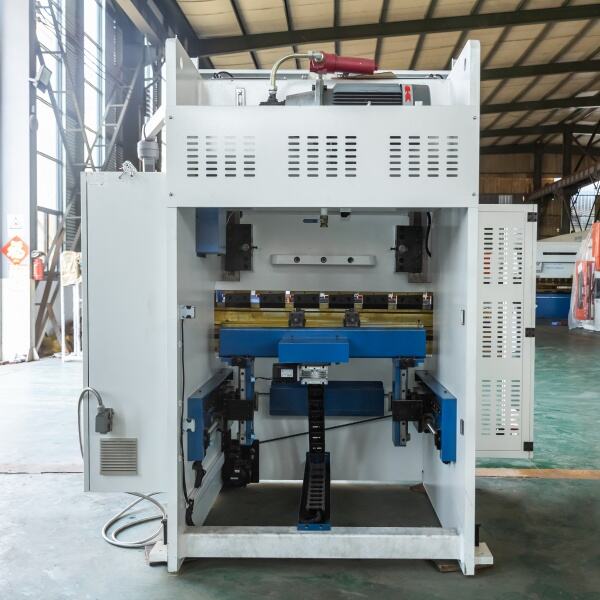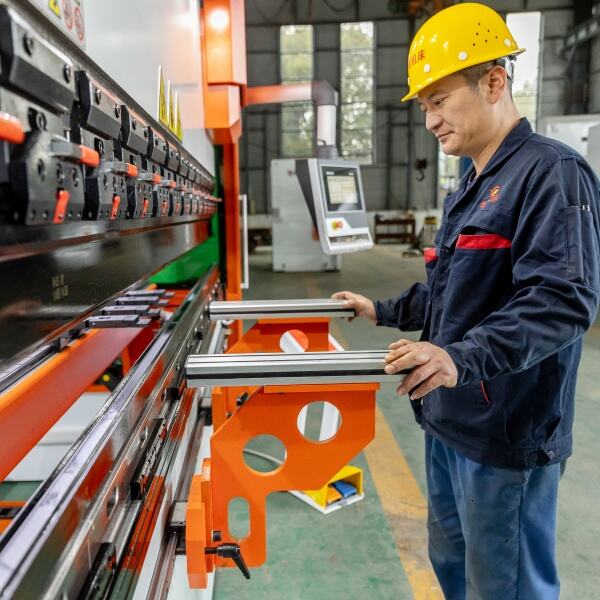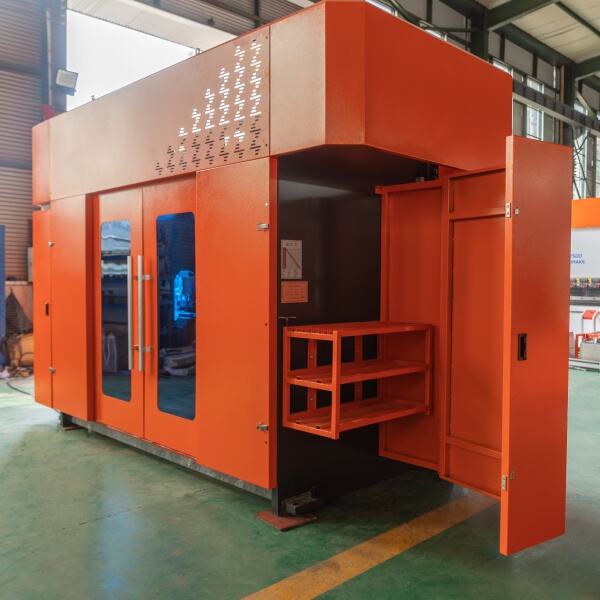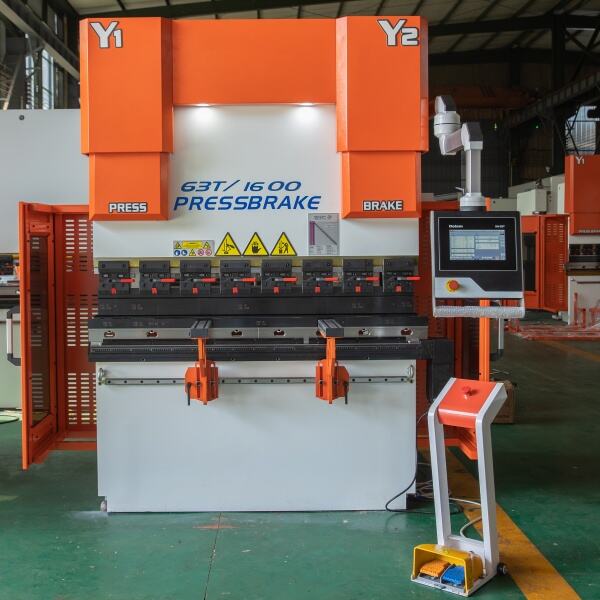
För att förbättra CNC-pressbokens effektivitet krävs en helhetslösning som optimerar automation, verktyg, underhåll och operatörens kompetens – områden där RAYMAX maskiner är konstruerade för att prestera på topp, stödda av 22 års tillverknings erfarenhet och universitetsdrivna innovationer. Oavsett om du är verksam inom bilindustrin (högvolymproduktion) eller flygindustrin (precision) kommer dessa strategier att öka produktiviteten utan att kompromissa med kvaliteten. Att utnyttja CNC-automation för att minska inställningstid är en högsta prioritet. Våra CNC-pressbänkar har automatisk parameterlagring, vilket gör att operatörer kan spara över 100 böjprogram för upprepade arbeten. Till exempel kan en bilverkstadsproducent som tillverkar tre olika chassikomponenter växla mellan program på under 5 minuter – jämfört med över 30 minuter för manuella pressbänkar – vilket minskar driftstopp mellan batcherna med 83%. 3D-simuleringsfunktionen (standard på avancerade modeller) förbättrar ytterligare effektiviteten genom att låta operatörer förhandsgranska böjsekvenser och identifiera verktygskollisioner eller materialpåverkan innan produktionen startar. En varvfabrikskund använde denna funktion för att eliminera test-och-fel-böjning av 20 mm stålhöljen, vilket minskade materialspill med 12% och inställningstiden med 40%. Optimering av verktyg för snabbare byte är ett annat viktigt steg. Våra CNC-pressbänkar är kompatibla med snabbväxlingssystem (t.ex. det europeiska standardverktyget WILA), vilket gör att operatörer kan byta mellan stämpel och matris på under 10 minuter – mycket snabbare än traditionella verktyg (över 30 minuter). För kunder inom lätt industri som tillverkar småserier av elskåp med olika böjformer innebär detta 35% mer maskintid. Vi rekommenderar också att använda slitstarka verktyg (t.ex. H13-stål), som håller över 50 000 böjningar innan de behöver bytas – vilket minskar frekvensen av verktygsbyten och relaterat driftstopp. En raffinaderikund som använde våra H13-verktyg för rostfria rörkomponenter behövde byta verktyg 70% mindre ofta jämfört med standardverktyg. Att aktivt underhålla maskinen för att undvika driftstopp är avgörande för långsiktig effektivitet. Följ RAYMAX underhållsplan: dagliga kontroller av hydrauloljenivåer och verktyg, veckovis smörjning av rörliga delar och månatlig kalibrering av CNC-systemet. Våra maskiner har också en funktion för prediktivt underhåll som varnar operatörer om kommande servicebehov (t.ex. "byt hydraulfilter efter 500 timmar") – vilket förhindrar oväntade driftstopp. En järnvägskund som använde denna funktion minskade underhållsrelaterat driftstopp med 50%, vilket gjorde att deras 24/7 produktion av boggikomponenter kunde fortsätta utan avbrott. Rengör också maskinen dagligen för att ta bort metallspån – smuts i verktygen eller sängen kan orsaka ojämna böjningar som kräver reparation, vilket slösar bort tid och material. Att träna operatörerna att utnyttja maskinens fulla potential säkerställer att effektiviteten inte begränsas av användarens kunskap. Våra omfattande träningsprogram (på plats och online) lär operatörer att använda avancerade funktioner som automatiska matningssystem (vilket minskar manuellt arbete med 70% för högvolymproduktion) och batchbearbetning (för att effektivisera produktion av över 1000 delar). Till exempel ökade en bilverkstads kund produktionen av dörrpaneler i aluminium med 40% efter att operatörerna blivit utbildade att använda det automatiska matningssystemet, jämfört med manuell påfyllning. Vi erbjuder också uppdateringskurser i CNC-programmering, vilket hjälper operatörer att optimera böjsekvenser (t.ex. att minimera verktygsbyten för komplexa delar) för att minska cykeltiden med 15-20%. Att anpassa maskinen efter dina specifika behov kan ytterligare förbättra effektiviteten. RAYMAX erbjuder alternativ som förlängda böjlängder (för järnvägsskenekomponenter) eller specialverktyg (för böjda flygdelar) för att eliminera sekundära operationer. Till exempel begärde en varvfabrikskund en anpassad modell med 6000 mm böjlängd, vilket gjorde att de kunde böja stora däcksplattor i ett steg istället för två – vilket minskade cykeltiden med 50%. Vi integrerar också våra CNC-pressbänkar med fabrikens MES-system för att möjliggöra realtidsövervakning av produktionen, vilket hjälper dig att identifiera flaskhalsar (t.ex. långsamma verktygsbyten) och justera processerna därefter. Genom att kombinera dessa strategier – automation, optimerade verktyg, proaktivt underhåll, operatörsutbildning och anpassning – kan du betydligt förbättra effektiviteten hos dina CNC-pressbänkar, möta kraven inom branscher från bilindustrin till flygindustrin och samtidigt minska kostnader och materialspill.


